Hawaii is one of the nation’s only unitary systems. With over 170,000 students statewide, the ability to track progress, monitor attendance patterns, and ensure seamless intervention handoffs between schools is essential.
Panorama’s own Christina Gillen (Senior Professional Learning Director) spoke with Dr. Candice Frontiera, Ph.D. (School Renewal Specialist, Kailua-Kalaheo Complex Area), Emily Oandasan, M.A. Ed. (MTSS Coach/Testing Coordinator, Ewa Makai Middle School in the Campbell-Kapolei complex area), and Jennifer Renfro (Educational Specialist, Kailua-Kalaheo Complex Area) to hear firsthand how their data-driven approach is making an impact.
Challenges
- Intervention tracking at the Campbell-Kapolei and Kailua-Kalaheo Complex Areas was fragmented, making it difficult for educators and administrators to monitor student progress.
- Teams struggled with limited visibility into holistic student data—especially attendance and academics.
- Inconsistent intervention processes led to gaps when students transitioned between schools.
Solution
Results
- With Student Success, the Campbell-Kapolei and Kailua-Kalaheo Complex Areas streamlined MTSS intervention tracking, ensuring students receive timely and appropriate support.
- Centralized data visibility, made it easier for school teams to identify and respond to chronic absenteeism and academic trends.
- Stronger collaboration across schools and complex areas has led to more consistent MTSS practices and more impactful student support.
Challenges
The Kailua-Kalaheo and Campbell-Kapolei Complex Areas have a long-standing commitment to supporting student achievement and readiness. However, with no consistent system for documenting and monitoring student support, collaboration between educators was often fragmented. This made it difficult to implement a cohesive MTSS across schools and complex areas.
Dr. Frontiera (School Renewal Specialist, Kailua-Kalaheo Complex Area) explained, "We had different data sources and different ways that schools were keeping track of notes or records, and we needed a way to centralize that so everyone could see the same information.”
Additionally, chronic absenteeism presented a major challenge. Schools lacked a structured, real-time way to track attendance interventions and identify patterns. Without deeper insights, many interventions were reactive, making it harder to prevent chronic absenteeism before it began to impact learning.
Jennifer Renfro (Ed Specialist, Kailua-Kalaheo Complex Area) emphasized the need to be proactive in addressing root causes: “Attendance is a natural universal screener. If we approach it as not just, 'Oh, the kiddo is absent' but instead ask 'Why are they absent?’ then we can put in interventions to support that student.”
Tracking students across schools and over time was not only challenging, but also led to critical gaps in support. Identifying struggling students—especially ninth graders transitioning into high school—was difficult without clear historical data, and the lack of intervention continuity made it even harder to provide consistent help.
Without a centralized way to document past interventions, educators often had to start from scratch when students changed schools, delaying services and disrupting progress. As Emily Oandasan (MTSS Coach and Testing Coordinator at Ewa Makai Middle School), put it, “A lot of our students have to start all over every time they move from one school to another.”
Solution
The complex areas turned to Panorama Student Success to create a centralized, data-driven approach for intervention tracking, attendance monitoring, and school-to-school collaboration.
A major shift was moving away from fragmented data systems. Dr. Frontiera explained, “The Student Success platform allows you to not just be a consumer of data but also a contributor. When I say consumer, that means we can look up student demographic data or learning history, or go to the Smarter Balanced website. But the power of being able to add the school process lens allows us to be contributors of very important data that is otherwise hard to capture. To step back and reflect and see the intersection of all data points—that’s where the power lies.”
.png?width=1728&height=1132&name=student%20overview%20life%20skills%20(3).png)
Panorama Student Success (demo data displayed)
Real-time intervention tracking improved coordination across schools and complex areas. Instead of relying on fragmented spreadsheets, educators across the Kailua-Kalaheo Complex Area and Ewa Makai now document and access student support efforts in one place. This continuity ensures that interventions follow students throughout their academic journey.
Oandasan shared, “Our feeder high school found my notes helpful in understanding incoming freshmen, which motivated me to continue documenting in Panorama.” She added, “As a former school counselor, I see the value in being able to read the story of a student.”
Beyond tracking interventions, Student Success’s smart groups became a powerful tool for improving academic outcomes. Educators could filter students based on real-time data—such as grades, attendance, or multilingual learner status—to ensure targeted support.
And having access to real-time data empowers educators to have the most up-to-date data and make the best decisions for students. Oandasan explained, “What I love about the communication that Panorama has with our grading platform is that every twenty-four hours, it's pulling raw data. So I kept telling the teachers, you don’t have to track the kids. The system tracks them for you.”
And when it comes to identifying the best supports for each student, Panorama Playbook has been a game-changer for the schools—especially in addressing chronic absenteeism. Playbook provides structured, research-based attendance interventions. "Within Playbook, you have an individual attendance guide," Renfro explained. "And we can group our intervention groups by what we're doing for these ten kids or these six kids. And that's really the advantageous piece—we can document and see how we’re doing as a whole for our schools."

Panorama has become a "one-stop shop" for educators to easily access and analyze student data. Oandasan reflected: “One thing that I've noticed in my years as an educator is that data is often something that people fear.” What she values about Panorama is the way it’s built and her ability to use it regularly to guide conversations with staff, showing them that data doesn’t have to be intimidating.
Results
With Panorama Student Success, the complex areas have streamlined MTSS intervention tracking, ensuring timely student support. Oandasan highlighted the efficiency: “It’s like being in a meeting you don’t have to go to! All the information is in one place.”
Student Success has also strengthened their ability to analyze attendance patterns—meaning teams can proactively address chronic absenteeism. With Panorama’s calendar feature, educators can identify trends such as frequent absences on specific days of the week and adjust interventions accordingly.
Dr. Frontiera shared an example of how she might see a pattern of absence on Fridays specifically. “With that, we can reflect on our own school schedules that sometimes have block scheduling Monday through Thursday, and then maybe less engaging learning experiences on Friday. Being able to reflect on our own patterns that we're seeing in the data helps us improve our practices.”
Collaboration has also strengthened across schools and complex areas. Educators can now access past intervention histories (what strategies have been tried, what worked, and what still needs attention), preventing students from having to start over when they change schools. This continuity allows counselors and teachers to build on past support rather than reinventing intervention plans from scratch.
Overall, by embedding data-driven decision-making into daily workflows, these schools have created a more connected, proactive student support system. As Renfro explained, “If you let the data guide you, it really will change not just how you're supporting kids, but also your overall instruction and practices, as well as your school community and culture.”
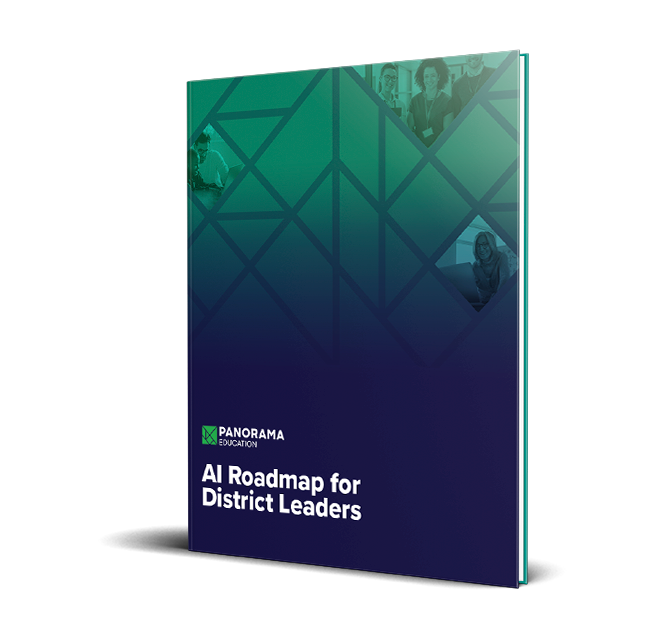


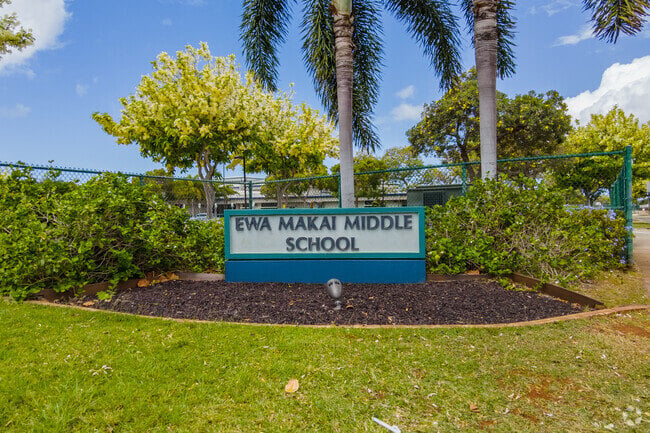
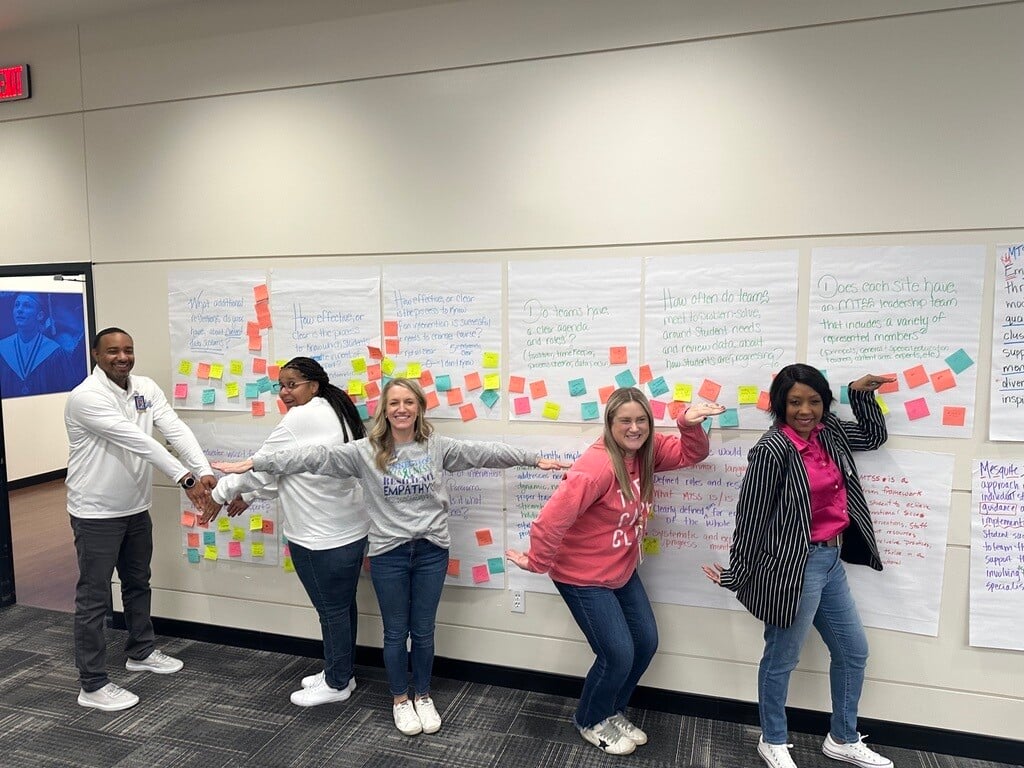
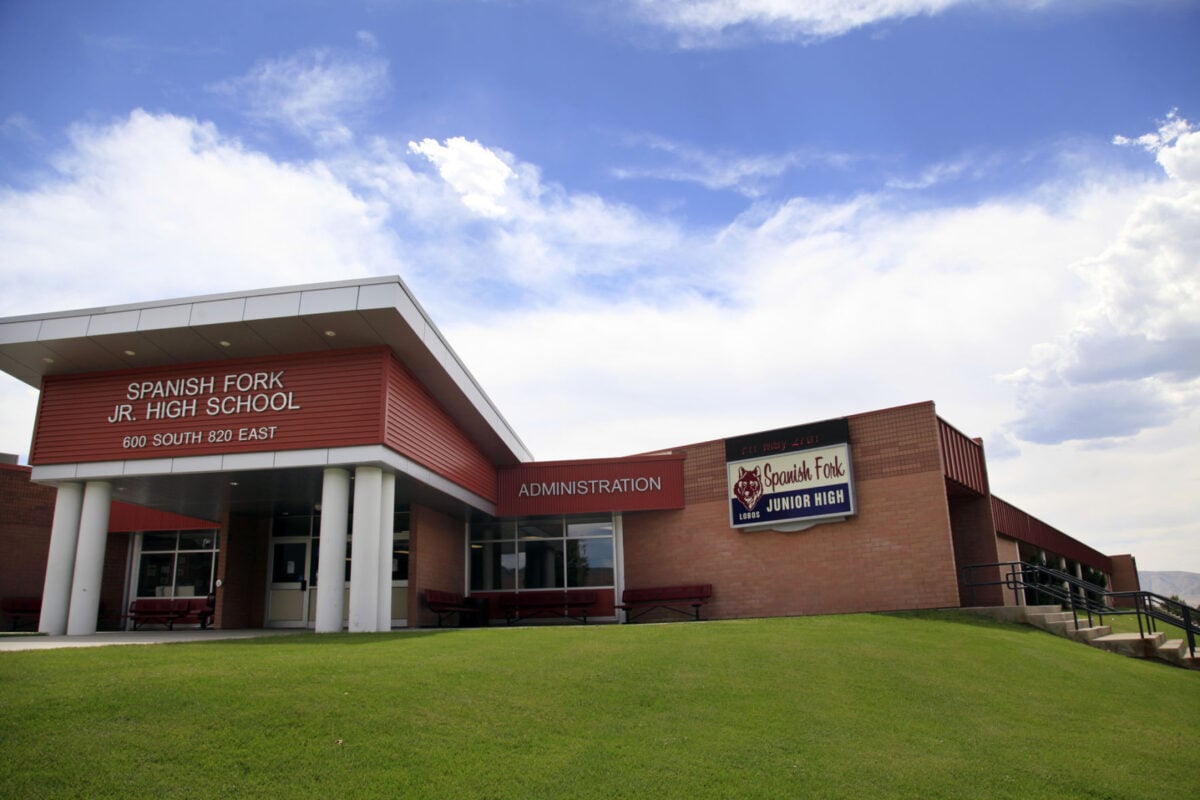
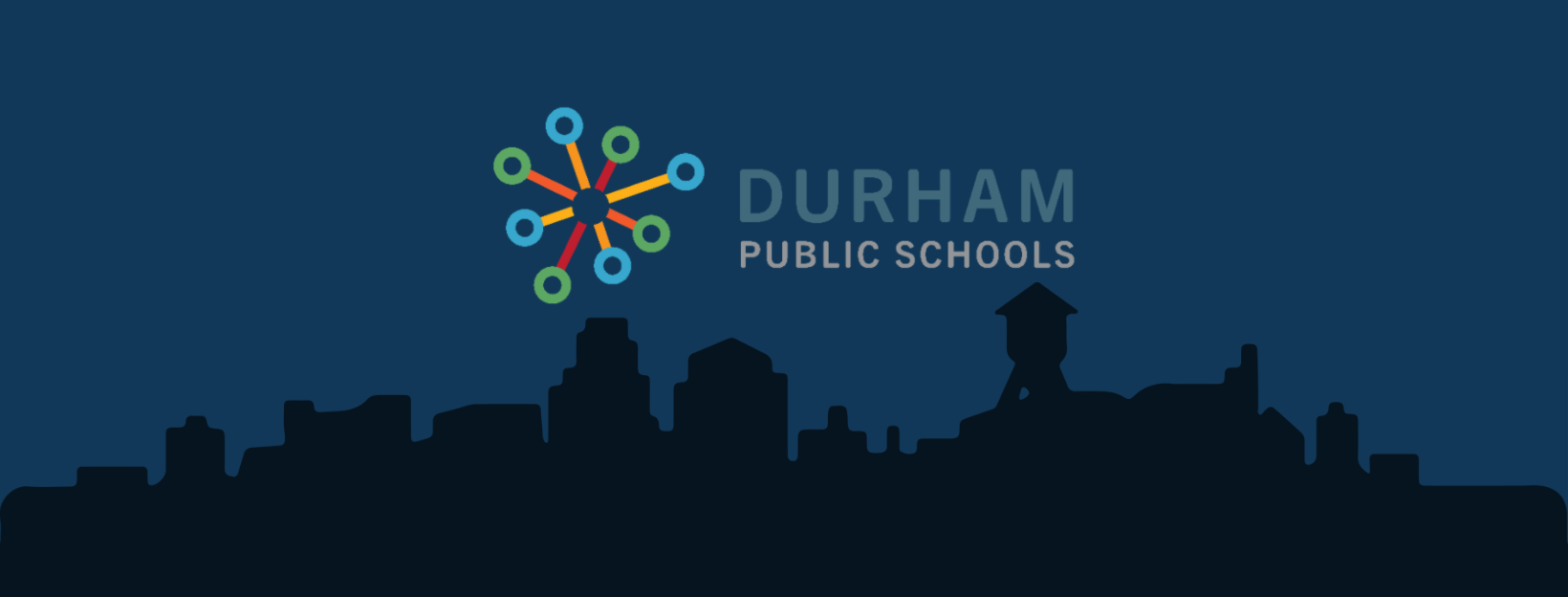
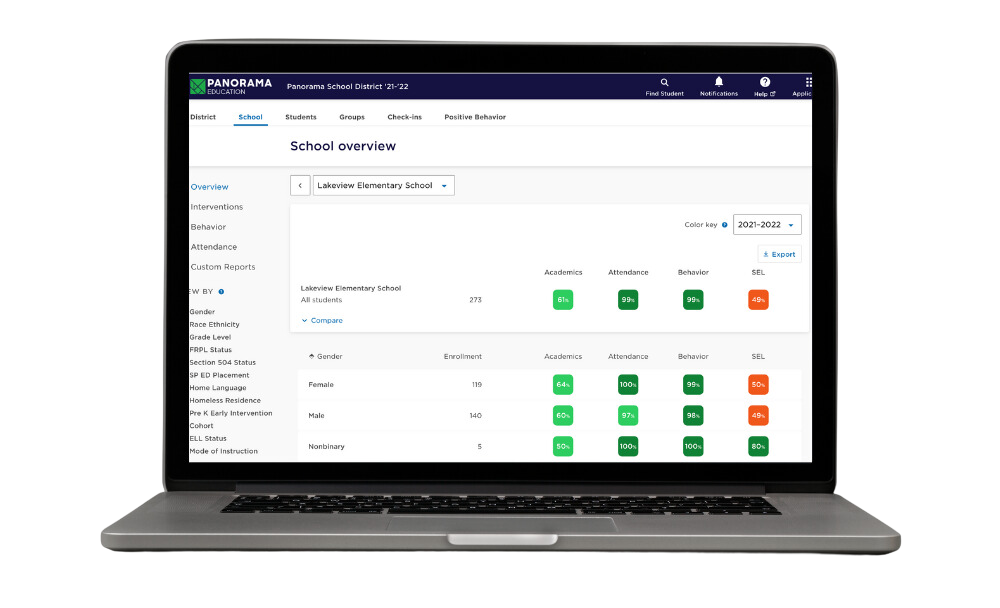
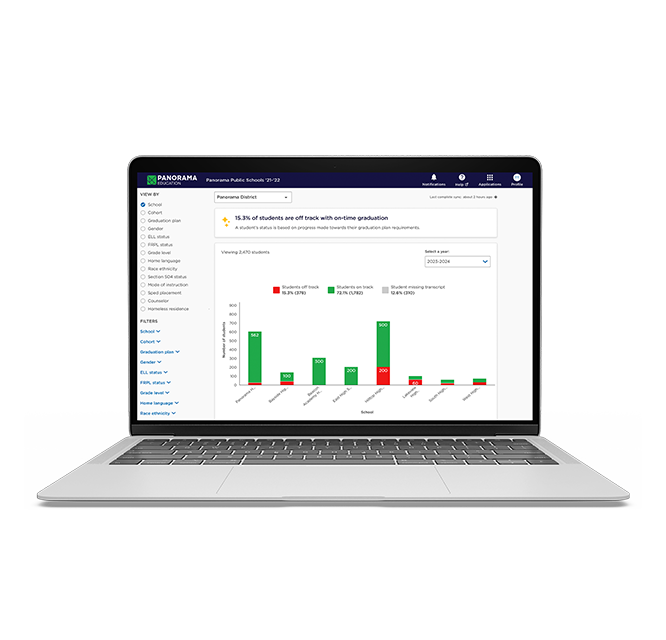
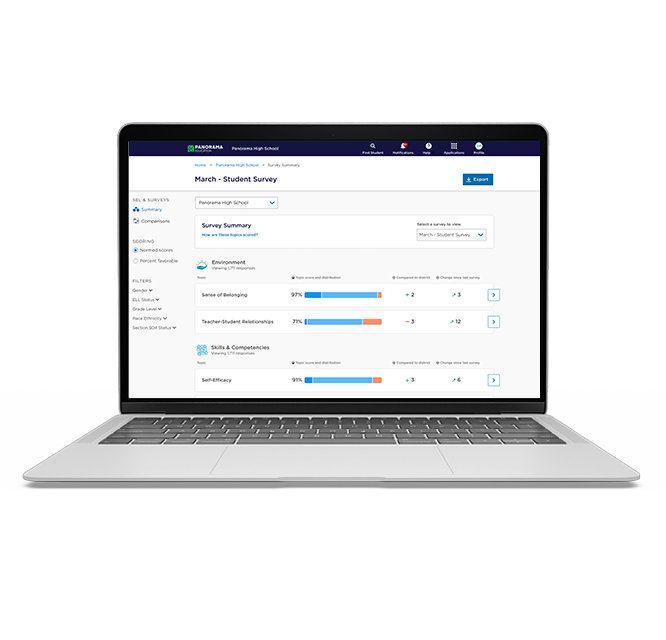
![How AI Ready Is Your District? [Infographic]](https://www.panoramaed.com/hubfs/iStock-1912513615.jpg)